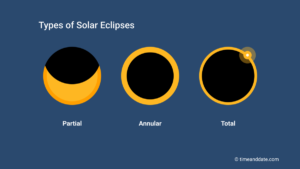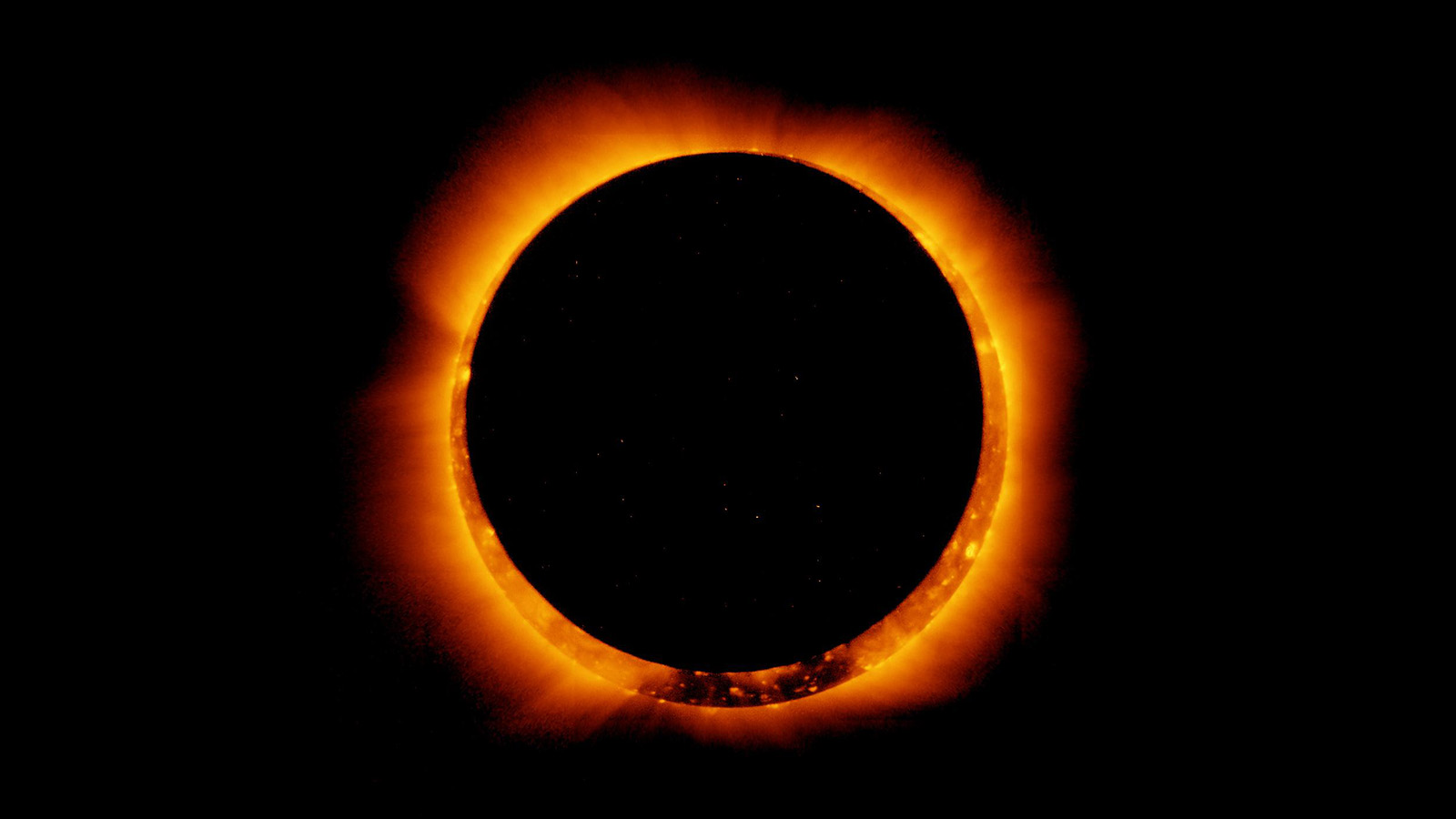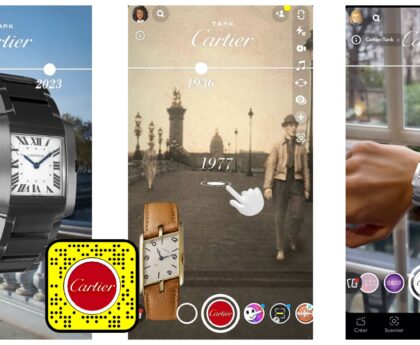On April 8, 2024, New York State will be at the heart of a rare and extraordinary event – a total solar eclipse. This cosmic phenomenon, occurring once every 400 years in the same location, will grace the Empire State with a 124-mile path of totality, from Chautauqua-Allegheny to the majestic Niagara Falls, over the pristine Finger Lakes, mighty Adirondacks, and magical Thousand Islands-Seaway. It’s a celestial dance that promises a truly unforgettable experience for all who witness it.
Viewing Tips and Solar Viewer Recommendations
To ensure a safe and enjoyable viewing of the solar eclipse, it is crucial to use specialized eye protection. Regular sunglasses are not sufficient for this purpose. New Yorkers can obtain complimentary eclipse glasses at various locations across the state, including New York State Welcome Centers, select Thruway Rest Stops, and public libraries in New York City like the New York Public Library, Queens Public Library, and Brooklyn Public Library. These glasses are International Organization for Standardization (ISO) 12312-2 certified, ensuring the necessary eye protection during the eclipse.For those unable to secure eclipse glasses, alternative safe viewing methods are available. NASA provides guidance on creating a pinhole camera or using a mirror to project the eclipse image onto a screen. It is essential to avoid looking directly at the sun during the partial phases of the eclipse to prevent eye damage.
Eclipse Events and Festivities
New York State is hosting a variety of community events to celebrate the solar eclipse. From eclipse festivals to watch parties, there are numerous opportunities to engage with this rare cosmic event. The Sunset Drive-In in Colchester will host a Total Eclipse event on April 8, offering guests a unique viewing experience amidst entertainment activities. Additionally, the ROC the Eclipse Festival at the Rochester Museum and Science Center promises a day filled with food, music, speakers, and engaging activities for attendees of all ages.
Planning Ahead for the Eclipse
To make the most of this once-in-a-lifetime event, it is advisable to plan ahead and secure reservations for viewing spots and accommodations. New York State has made reservations available at 335 campsites in state parks across eight counties for the eclipse event. Sites will be open from April 4-8 at various State Parks, including Allegany State Park, Letchworth State Park, and more.
In conclusion, the total solar eclipse on April 8, 2024, presents a rare opportunity to witness a celestial spectacle in New York State. By following viewing tips, obtaining proper eye protection, and participating in eclipse events, residents and visitors can make the most of this extraordinary cosmic occurrence. Plan ahead, stay safe, and immerse yourself in the magic of the solar eclipse for an experience like no other.
Date and Time of the solar eclipse in New York
The next total solar eclipse will occur on April 8, 2024, and will be visible in New York, United States. While New York City is not in the path of totality, a partial eclipse of 89% will be visible starting around 3:25 p.m. EDT. The eclipse will begin with a partial phase at 2:02 p.m. EDT, followed by the start of totality at 3:16 p.m. EDT, and ending at 3:29 p.m. EDT. The partial phase will end at 4:38 p.m. EDT. The eclipse will be visible in New York City, with an obscuration of 89.91%, and a duration of approximately 2 hours and 26 minutes.It is important to note that looking directly at the sun during a solar eclipse can cause serious eye damage. NASA advises using special solar viewing glasses or a handheld solar viewer at all times during the eclipse. For those interested in viewing the eclipse, there are several options in New York City. The Top of the Rock, One World Observatory, and various parks and gardens are hosting eclipse viewing parties. Additionally, Classic Harbor Line is offering a cruise along the Hudson for a unique viewing experience. The next total solar eclipse visible in New York will occur on September 17-18, 2024, followed by a partial lunar eclipse on March 13-14, 2025, and a total lunar eclipse on March 29, 2025.
Get ready for the solar eclipse in New York: where to buy solar viewers
To ensure a safe and enjoyable viewing of the upcoming solar eclipse in New York on April 8, 2024, it is crucial to use specialized eye protection. Regular sunglasses are not a safe replacement for solar eclipse glasses. A limited quantity of I LOVE NY eclipse glasses will be available at locations throughout the state, including New York State Welcome Centers and select service areas along the New York State Thruway. These glasses have been approved by the New York State Department of Health and carry an ISO certification. In New York City, they will be distributed at Moynihan Train Hall’s MTA Long Island Rail Road Ticket Windows, open daily from 6:30am-9:30pm, and at all Brooklyn Public Library, Queens Public Library, and New York Public Library (which includes the Bronx, Manhattan, and Staten Island) locations. Additionally, New York City’s three public library systems will be distributing free solar eclipse glasses on a first-come, first-served basis at all branch locations starting on Friday, March 29. It is important to note that glasses will be limited to two pairs per person, while supplies last, with a limited amount distributed daily. For those outside New York, NASA has information on how to safely view the eclipse using alternative methods.

What is the difference between a partial and total solar eclipse
The main difference between a partial and total solar eclipse lies in the extent to which the Sun is covered by the Moon. In a partial solar eclipse, only a portion of the Sun is blocked by the Moon, resulting in a crescent shape of the Sun. This occurs when the alignment of the Sun, Moon, and Earth is such that the Moon only partially obscures the Sun’s light as seen from Earth. On the other hand, in a total solar eclipse, the Moon completely covers the face of the Sun, leading to a temporary darkness known as totality. During a total solar eclipse, observers within the path of totality experience the Sun’s corona, the outer atmosphere, which is usually hidden by the Sun’s brightness. Total solar eclipses offer a unique opportunity to witness the Sun’s corona and experience a dramatic darkening of the sky, unlike the partial eclipse where only a portion of the Sun is obscured.
How often do partial solar eclipses occur
Partial solar eclipses occur when the Moon passes between the Sun and Earth, but the Moon only partially covers the Sun’s disk. This happens 2-5 times a year, and they are usually named for their darkest, or maximum, point. The Moon, the Sun, and Earth do not align in a perfectly straight line during a partial solar eclipse, and the Moon casts only the outer part of its shadow, the penumbra, on Earth. From our perspective, this looks like the Moon has taken a bite out of the Sun. The size of the eclipsed area is referred to as eclipse magnitude. Solar eclipses, including partial ones, occur 2-5 times a year. Partial solar eclipses are more common than total or annular solar eclipses, with approximately 35% of all solar eclipses being partial solar eclipses. They usually center around a place close to one of the poles, as the Moon’s umbra or antumbra, the shadow’s center portion, is cast into space just above the polar regions, missing Earth by a narrow margin during a partial solar eclipse. It is important to note that looking directly at the Sun, eclipsed or otherwise, without any protective eyewear can cause serious damage to the eyes. The best way to safely watch a solar eclipse is to wear protective eclipse glasses or to project an image of the eclipsed Sun using a pinhole projector.





